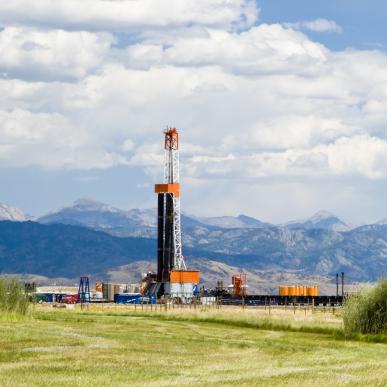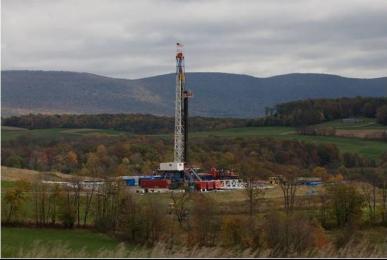By: Peter Zalzal, EDF Staff Attorney, Climate & Air
Rigorous National Clean Air Standards for the Oil and Gas Industry are Needed to Protect the Health of Americans and our Communities
On April 3rd, the Environmental Protection Agency (EPA) is due to finalize critically important standards to reduce harmful air pollution from oil and gas activities. These standards are a trifecta: they protect human health and the environment, reduce waste of an important domestic energy source and save industry money through sales of recovered natural gas product. For too long the industry has operated under insufficient, outdated standards that fail to protect Americans from the dangerous air pollution produced by oil and gas activities.
EPA’s proposed emission standards, which require companies to implement more efficient practices and technologies, will provide much-needed protections for human health and the environment and prevent extensive waste of a domestic energy resource. In fact, these proposed measures will save approximately 180 billion cubic feet of natural gas, comparable to the amount of gas needed to provide heat to 2.7 million American homes for a year.
Oil and gas facilities contribute to high levels of toxic air contaminants, ground-level ozone (“smog”) and methane, a potent greenhouse gas. Ground-level ozone has been linked to serious respiratory illnesses, including asthma in children and premature death. High levels of benzene, a known carcinogen, have been detected at locations in Texas and Colorado.
Major public health groups including the American Lung Association, American Thoracic Society, the American Public Health Association, Trust for America’s Health and the Asthma and Allergy Foundation of America have urged EPA to finalize rigorous emission standards.
States with Strong Clean Air Standards Have Had Strong Growth in Oil and Gas Activities
Colorado and Wyoming have long carried out clean air protections similar to those now proposed by EPA. Environmental Defense Fund evaluated key oil and gas economic indicators — operational rotary rig counts, producing natural gas wells and natural gas gross withdrawals — in Wyoming and Colorado and compared those with overall national data as well as data for other key oil and gas producing states.
Between 2000 and 2009, both Wyoming and Colorado had the highest annual growth rates for gross withdrawals and the highest average annual growth in producing gas wells as compared to other major gas-producing states with less protective clean air standards on the books. In short, both Wyoming and Colorado have had strong growth in oil and gas activity while important clean air standards have been in place.
 The U.S. Environmental Protection Agency (EPA) has embarked on a vital effort — accompanied by extensive outreach to states, power companies, environmental organizations, and other stakeholders, including you — to establish the nation’s first limits on carbon pollution from fossil fuel-fired power plants.
The U.S. Environmental Protection Agency (EPA) has embarked on a vital effort — accompanied by extensive outreach to states, power companies, environmental organizations, and other stakeholders, including you — to establish the nation’s first limits on carbon pollution from fossil fuel-fired power plants.










